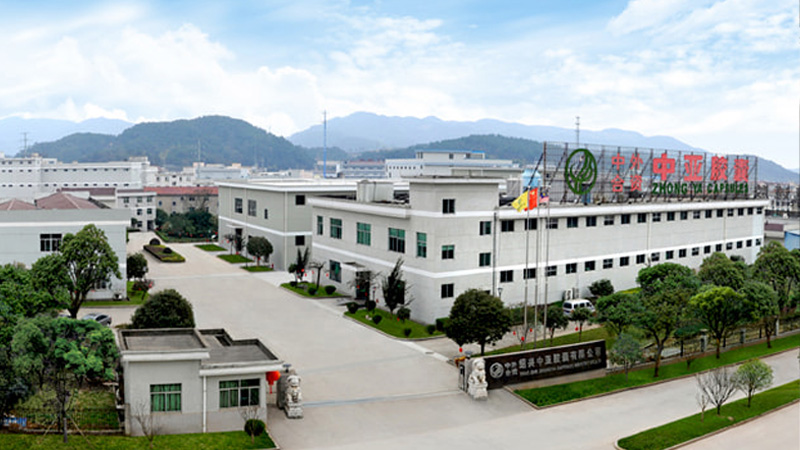Product Consultation
Your email address will not be published. Required fields are marked *


HPMC empty capsules usually cannot directly see the contents of the capsule from the outside. This is because the original design intention of HPMC empty capsules is to encapsulate and protect their contents, ensuring their stability and safety.
Firstly, from the structure of the capsule, the HPMC empty capsule consists of two sections: a cap and a body. These two sections are tightly combined through interlocking and locking, forming a closed space for containing the contents. This design ensures that the contents are effectively encapsulated inside the capsule, avoiding direct contact with the external environment, thereby maintaining its original properties and stability.
Secondly, from the material of the capsule, HPMC, as a cellulose derivative, has good film-forming properties and chemical stability. This allows the capsule shell of HPMC empty capsules to tightly adhere, making it less prone to rupture or leakage, further ensuring the safety of the contents.
Furthermore, due to the fact that the contents of capsules are often trace or small substances, such as drug powders, particles, etc., these substances are uniformly filled inside the capsule during the encapsulation process. Therefore, even when observed externally, it is difficult to directly see the contents inside the capsule.
It should be noted that although HPMC empty capsules cannot be directly seen from the outside, their contents may be exposed in certain special circumstances, such as when the capsule shell is damaged or opened by human intervention. However, under normal usage and storage conditions, this situation rarely occurs.
Your email address will not be published. Required fields are marked *
If you would like to learn more about our products, please feel free to contact us and we will do our to assist you.
No.1 Tianzhu 3rd Road, Dufu Town, Xinchang County, Zhejiang Province
86-575 8606 0065
86-159 8825 2009
+86 159 8825 2009
+1 380 215 7432
